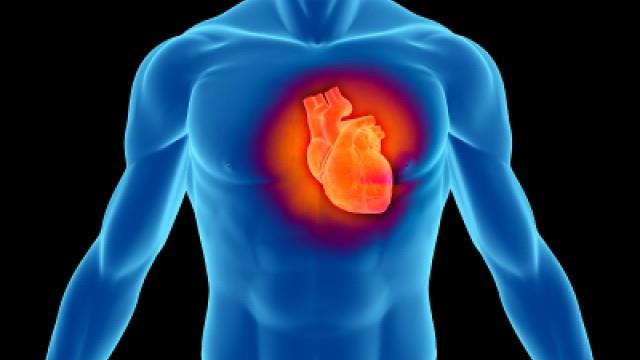
Elevated levels of N-terminal pro-B-type natriuretic peptide (NT-proBNP) and high-sensitivity troponin T (hsTNT) appear to increase the risk of aortic valve disease in patients with a bicuspid aortic valve (BAV), a recent study has shown.
The study included 183 BAV patients (median age, 34 years; 45 percent female) from whom venous blood samples were drawn and biomarker levels were measured using the appropriate assays. Fifty patients were found to have moderate-or-severe aortic valve regurgitation, 80 had aortic valve stenosis, and 89 had aortic dilatation.
Twenty percent (n=37) of the participants had elevated levels of NT-proBNP, six percent (n=10) had high hsTNT, and seven percent (n=12) had elevated high-sensitivity C-reactive protein (hs-CRP).
Multivariable linear regression analysis showed that a twofold increase in hsTNT concentration correlated with an increased risk of developing a one-grade higher aortic regurgitation (odds ratio [OR], 1.34, 95 percent confidence interval [CI], 1.01–1.76; p=0.041). HsTNT levels were significantly higher in patients with moderate/severe aortic valve regurgitation as compared to those without regurgitation.
Similarly, a twofold increase in NT-proBNP correlated with a 0.17-m/s (95 percent CI, 0.07–0.28) jump in maximal velocity and greater likelihood of developing one higher level of aortic regurgitation (OR, 1.41, 95 percent CI, 1.11–1.79). NT-proBNP was also significantly greater in patients with severe vs no aortic valve stenosis.
“No independent association between hsCRP and transformation growth factor beta-1 with the degree of aortic valve stenosis or regurgitation, left ventricular ejection fraction, or aortic diameter was found,” the researchers said. “This is the first step toward the identification of a biomarker that can be used in prognostic staging and risk prediction.”